 Travel
Travel

I arrived at the homestay as the setting sun cast a red glow over the mountainous village. Shortly after I unpacked my bag, the host invited me to a shared meal with the family and some Australian travelers. After a few days eating out in Hà Giang City, the cozy atmosphere was welcome. All gathered in the middle of the second floor of the stilt house to enjoy the delicious home-cook chicken dishes, five-color sticky rice and corn wine, a "must" in Hà Giang.
 |
| Basic: Homestay in Hà Giang. — VNS Photo Hồng Vân |
by Hồng Vân
A ten-square-metre private homestay room with basic facilities is what I exchanged for a hotel room, and the experience was definitely worth it.
In October I was on a business trip to Hà Giang City and after the first nights in hotels, I decided to rent a homestay to satisfy my craving for an insight into the lives of local residents.
I arrived at the homestay as the setting sun cast a red glow over the mountainous village. Shortly after I unpacked my bag, the host invited me to a shared meal with the family and some Australian travelers. After a few days eating out in Hà Giang City, the cozy atmosphere was welcome. All gathered in the middle of the second floor of the stilt house to enjoy the delicious home-cook chicken dishes, five-color sticky rice and corn wine, a "must" in Hà Giang. Whether it was due to the comfortable bed or the corn wine, I had a decent sleep that night.
Awakening the next morning, I was in awe of the serenity and beauty of Tha Village that I had not seeen the night before. After breakfast, I went to look around.
The village at the foot of a hill was quiet and almost free of vehicles and the hustle and bustle of the city. The pace of life is slower. An old lady was walking slowly on the village road, a woman was heading for the fields with her hoe and a few kids were playing around in the early morning.
It was not difficult to catch sight of women in their traditional black dresses. Whether hosting guests or going to work on the farm, women wore traditional dress. Almost all households still live in the traditional Tày stilt houses made completely of wood. The first floor is mostly used to store farm tools, rice and corn, while the second one is to live and host guests.
Leading to the Tày houses is a narrow road with a fence made of bamboo or tree bunch. Each family reserves a small plot of land to grow vegetables and a small pond to raise fish. At first glance one might mistake the village for an eco tourism zone, with its brown wooden houses, palm-leaf roofs, green trees and mountain backdrop.
Tha Village is home to about 100 Tày ethnic households who make their living from farming. Tha villagers are immensely hospitable. Everywhere I went, I received a genuine smile and explanations about their customs and daily work.
There are about seven homestays in the village, mostly owned by wealthier families whose houses are bigger and better equipped. Some have decorated their houses with charming lanterns and exhibited and sold hand woven products. In front of the homestays dried rice bunches and yellow corn are hung as decoration.
In addition to the accommodation and food, the homestay in Tha Village also offered a traditional singing performance by local singers. Travelers could also go on biking tours with bikes rented from the host, or accompany the locals to their paddy fields to work.
Other homestay villages
Five kilometres from Hà Giang City and ten kilometers from Tha Village is Bản Tùy Village, also home to many Tày ethnic people. With its unique culture and preservation of Tày traditional houses, local residents also provide homestay services.
Lý Thanh Tuân’s family were the pioneers. With a background in tourism and opportunity to get training in Sapa, Tuân started his homestay business in late 2012.
“Being the first, we encountered quite a few difficulties, with the major one being lack of funds and experience,” said Tuân. “I was lucky to have opportunity for some training in Sa Pa to learn from their experience in homestays. We learned basic things, from how to communicate with customers to cooking traditional food.”
Tuân also decided to upgrade the family home for his paying customers. “It was few years ago when the road leading to my house was muddy and slippery due to heavy rain, and the car carrying our first visitors was stuck. The whole family had to join hands and finally managed to pull the car out of the mud at midnight.”
“Each time we host visitors, we have a new memorable stories,” Tuân added. In the mean time, some family members have learned how to speak basic English, a useful tool as most of the guests are foreigners.
With four years of experience, Tuân’s family is now able to help other households provide this service. “We give them detailed instructions about doing homestays. It provides villagers with a stable income and preserves the local tradition. Visitors always want to know more about the local culture and customs,” said Tuân.
To promote the homestay business, the local authority also offers short training to improve the service and make it more professional. “These courses often take from one to four days. Sometimes, trainees have a chance to go to other localities to learn from their experience,” said Hoàng Văn Thuần from Hà Giang City ’s Culture and Information Department.
There are currently four community-based tourism villages including Tha, Bản Tùy, Hạ Thành and Tiến Thắng with a total of 24 households offering homestays in and around Hà Giang City, accounting for only 4.4 per cent of the total households.
The city has a total of nearly 100 villages with 17 different ethnic minorities. In 2016, it hosted nearly 16,000 visitors. Among them, more than 2,500 foreigners and 2,600 domestic visitors used local homestays, according to the Culture and Information Department’s statistics. — VNS
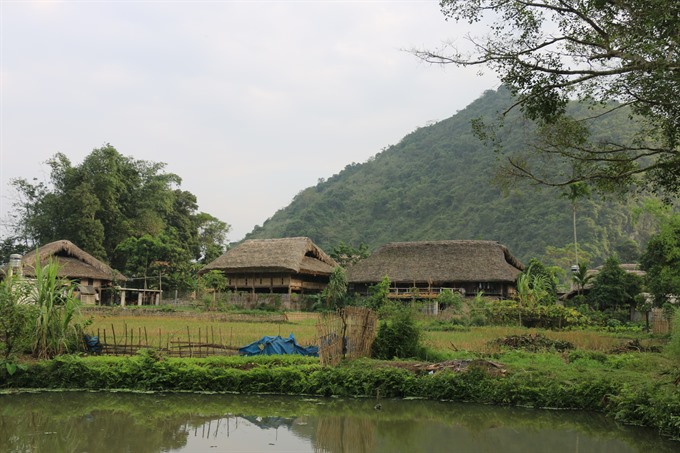 |
| Slow pace: Tha village lying peacefully at the foot of the hill is home to nearly 100 Tày families. — VNS Photo Hồng Vân |
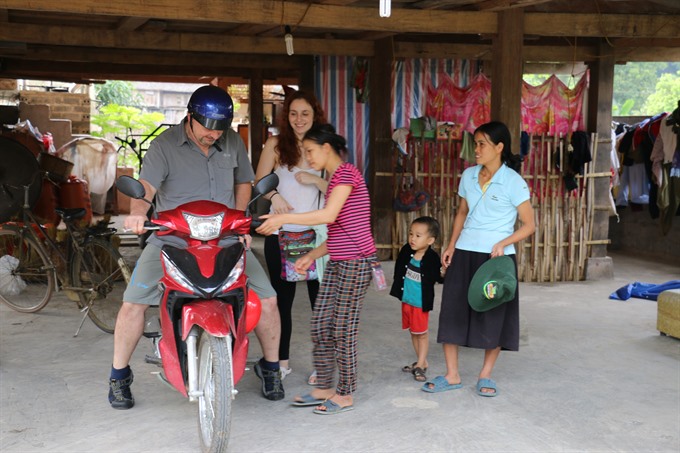 |
| Hospitable: Homestay host host instructs a Czech traveler to use a motorbike. – VNS Photo Hồng Vân |
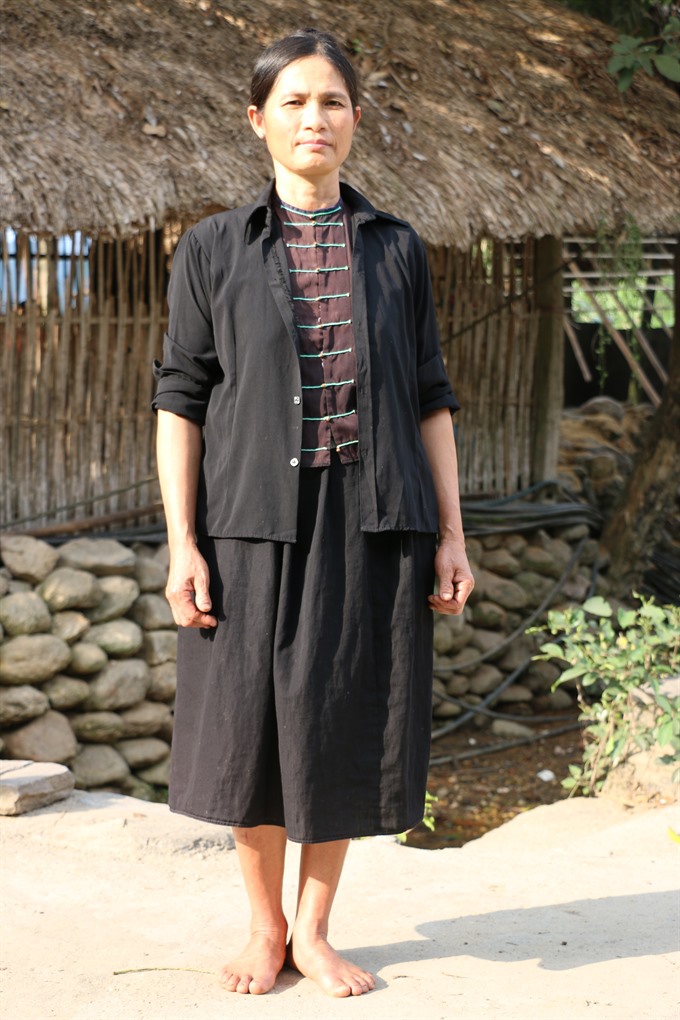 |
| Farmers: Tày women still wear traditional black dresses to work. – VNS Photo Hồng Vân |
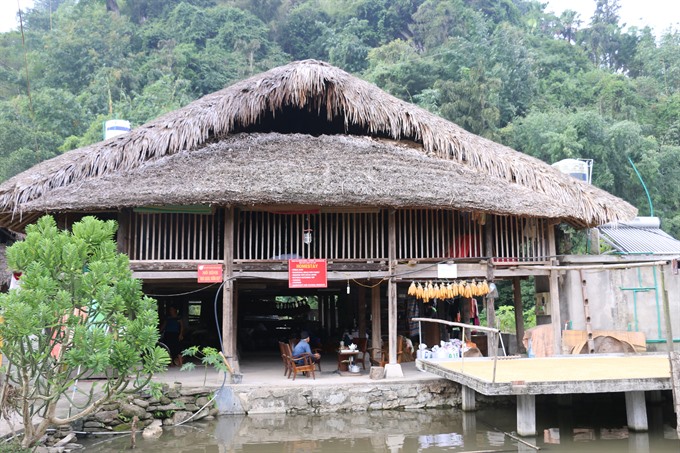 |
| Tradition: The stilt house of Tày people are well preserved in Tha village. – VNS Photo Hồng Vân |
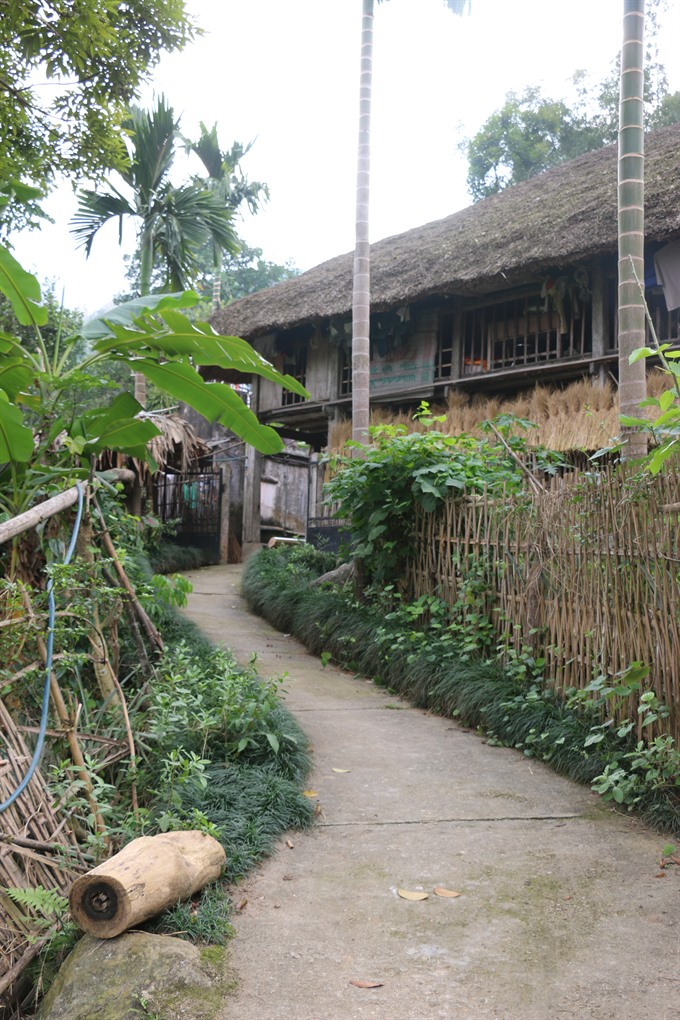 |
| Picturesque: Leading to the traditional house of Tày people is a narrow road and bamboo fence. – VNS Photo Hồng Vân |




